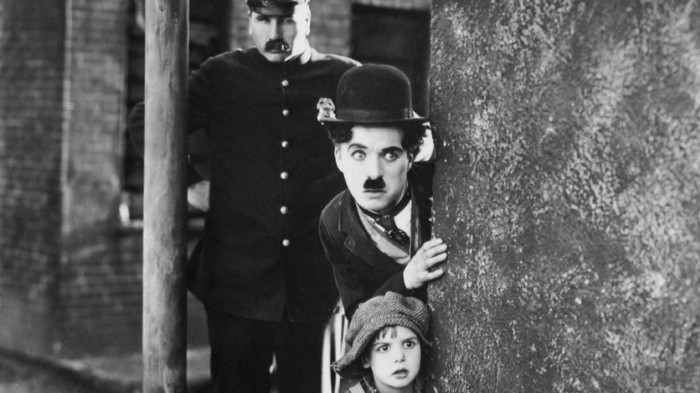Since cinemas lifted the blind after the pandemic closed, it has been independent distributors and small and signature films that have stood out. While the big productions fled – with some exceptions such as Father there is no more than one 2 and Tenet – to 2021, a handful of brave people tried to show that there is nothing comparable to a movie theater and that culture, as has been shown, is safe.
According to the Association of Independent Distributors (ADICINE), 93% of the premieres of the Spanish billboard are independent. And not just premieres. What has returned with force are the events that reinforce the relationship between cinema and the viewer thanks to different initiatives such as reruns of classics on the big screen. In these months we have seen in a room the classics of Wong Kar-Wai, the disturbing Crash of David Cronenberg, and now a very special return, that of The Boy by Charles Chaplin, which is resurrected to celebrate his centenary. The director’s masterpiece will be viewable like never before, as it has been restored to 4K and now looks better than ever.
It was on February 6, 1921 that Charles Chaplin’s first feature film, The Boy, was commercially released, which until then had gained notoriety thanks to his shorts and a first half-length film of just under 50 minutes. An alter ego had been created, Charlot, with which he had conquered the hearts of those viewers who enjoyed those first decades of cinema. Everyone agreed that that film was a giant step for the director Chaplin, but that it would be marked as one of the great works of history.
Then the masterpieces that we all know would come. In 1925 he premiered La Chimera de Oro and in 1936 Modern Times. Chaplin’s filmography also involves a look at the history of cinema and all the changes that this art has undergone. The transition to sound and until the arrival of color, with his last film and the only one he shot in color, The Countess of Hong Kong. But before all that, the wickers of a unique creator were already in The Boy.
In his first feature film, Chaplin achieved a perfect mixture of humor and tenderness, something that he was looking for and that makes clear from that first sentence on the initial poster, that “a film with a smile and, perhaps, a tear” that defines this so well story in which Chaplin meets in the street the baby who has been abandoned by a poor single mother who abandons the child in the car of a wealthy family. Charlote tries to get rid of him, but finally he will take a liking to him and in an ellipsis, we will see the two turned into a wonderful comic and rogue duo who perform a thousand tricks to survive on the streets. Picaresque, humor, and a lot of feeling, with some iconic and magical images.
Many have seen in this film, and reading the biography of him it is quite evident, a personal catharsis of the director and an almost autobiographical work. He not only worked from a very young age in traveling numbers, but shortly before filming the film, he had lived through some traumatic years after the death of his newborn son. A birth that came from a turbulent relationship with actress Mildred Harris, whom he dramatically divorced shortly after that tragedy.
The boy is also the example of how meticulous and perfectionist Chaplin was, who raised this film in a moment of fame and while raising his own production company, United Artists, to have absolute control over the entire creative process. For this film he dedicated 150,000 meters of negative, a figure unthinkable at the time.
The film was also responsible for creating one of the first child stars in film history. Charles Chaplin discovered Jack Coogan when he was seven years old and made him the most popular and lovable kid in Hollywood. Coogan had a career full of ups and downs and even went to fight in World War II, but to everyone he would be remembered for two roles, that of the boy and that of Uncle Fetid in the television adaptation of The Addams Family of the 60s. A unique opportunity to relive the magic of the Charlot cinema in a movie theater, one of the best places to shelter from everything.

